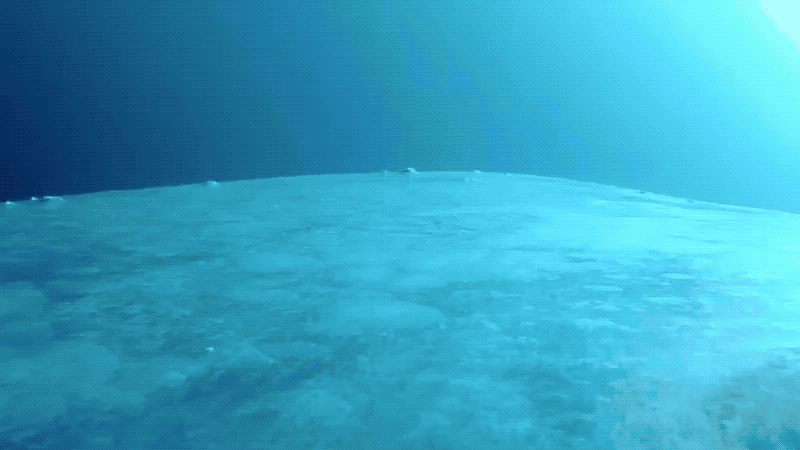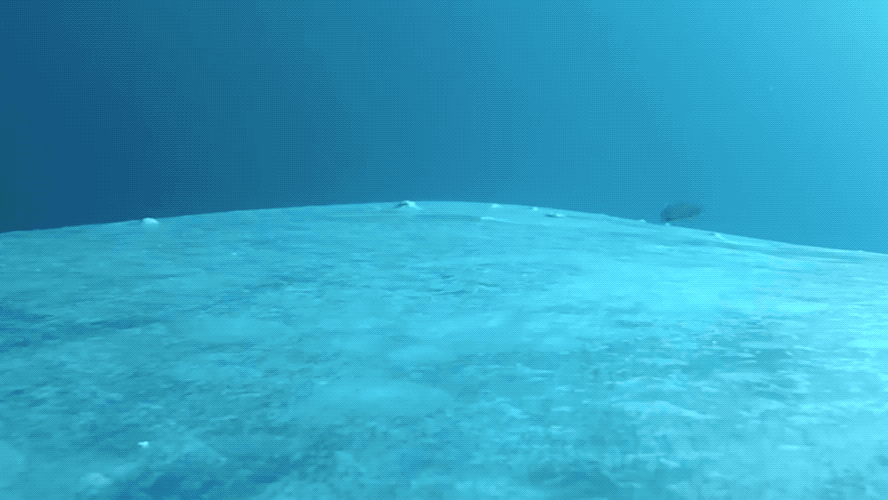Famed for their ability to latch onto larger marine animals via powerful suction cups on their heads, remora are small fish that have long fascinated scientists for the ways they seek transport and protection. A new study has delved into this behavior in unprecedented detail, producing the first-ever continuous recordings of these so-called suckerfish in action, showing how they surf, feed and even socialize on the surface of a blue whale.
Though scientists have studied remoras for some time and made discoveries that could lead to advanced suction cups and adhesives, our knowledge of their underwater behavior has been limited by, well, the fact that it takes place underwater. Still images and anecdotal evidence has surfaced of the fish's unique sticking behavior, which often involves latching onto sharks for a free ride and the possibility of some leftover crumbs, but now an international research team has gone in for a much closer look.
The researchers were actually studying the fluid dynamics of blue whales off the coast of California using biosensing tags and dual cameras, which were attached to the marine mammals with a set of suction disks. These tags were used to gather information on the surface pressures and fluid forces as the whales moved through the water, along with things like their GPS location and traveling speeds, while the cameras recorded all the action at 720p resolution. Then the remoras jumped on for the ride.

“Through lucky coincidence, our recordings captured how remoras interact in this environment and are able to use the distinct flow dynamics of these whales to their advantage,” says Brooke Flammang from New Jersey Institute of Technology and co-author of the study. “It is incredible because we’ve really known next to nothing about how remoras behave on their hosts in the wild over any prolonged period of time.”
What the team wound up with was the first ever continuous recording of the remoras attaching themselves to a host organism, in this case a blue whale more than 30 times their size. Its analysis showed that the fish are smart about where they position themselves on the host, choosing sites with less resistance, such as behind the whale’s blowhole were drag is reduced by as much as 84 percent.
The team’s work captured 27 remoras at 61 different locations on the whales, but revealed that most of the time they traveled between three spots that were favorable for drag resistance; behind the blowhole, alongside or behind the dorsal fin, and the flank above the pectoral fin. Reasons to move around include feeding and even socializing, according to the team.

Furthermore, the remoras traveled around this environment by “surfing” inside a thin layer of fluid around the whale’s body where drag force is reduced by up to 72 percent. This allows them to skim across the surface of the whale using very little energy and without detaching from their host entirely, even while the whale moved at up to seven times their speed.
“We learned that the remora’s suction disk is so strong that they could stick anywhere, even the tail fluke where the drag was measured strongest, but they like to go for the easy ride,” says Erik Anderson. “This saves them energy and makes life less costly as they hitchhike on and skim over the whale surface like a NASA probe over an asteroid or some mini-world.”
The research was published in the Journal of Experimental Biology.




